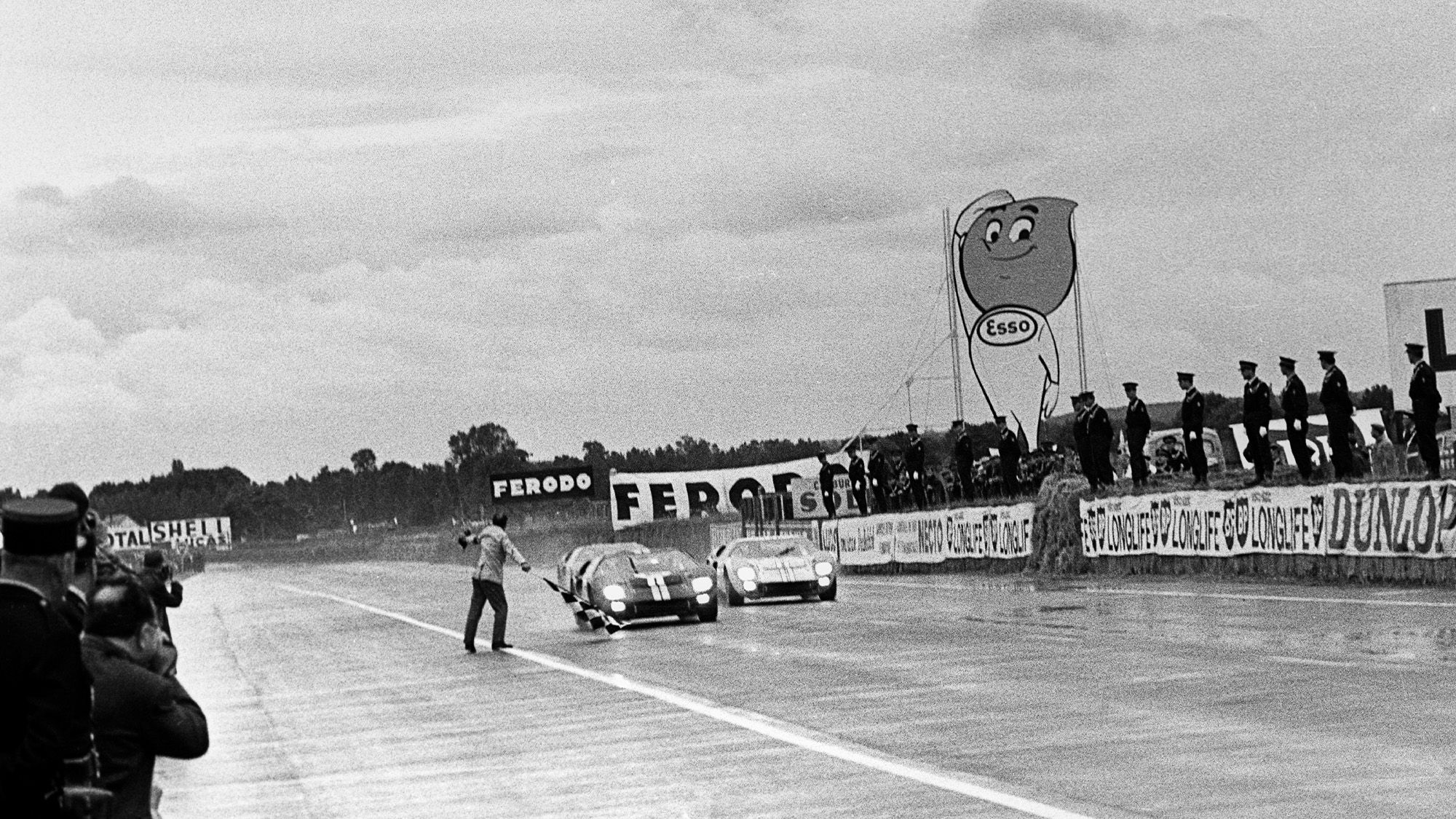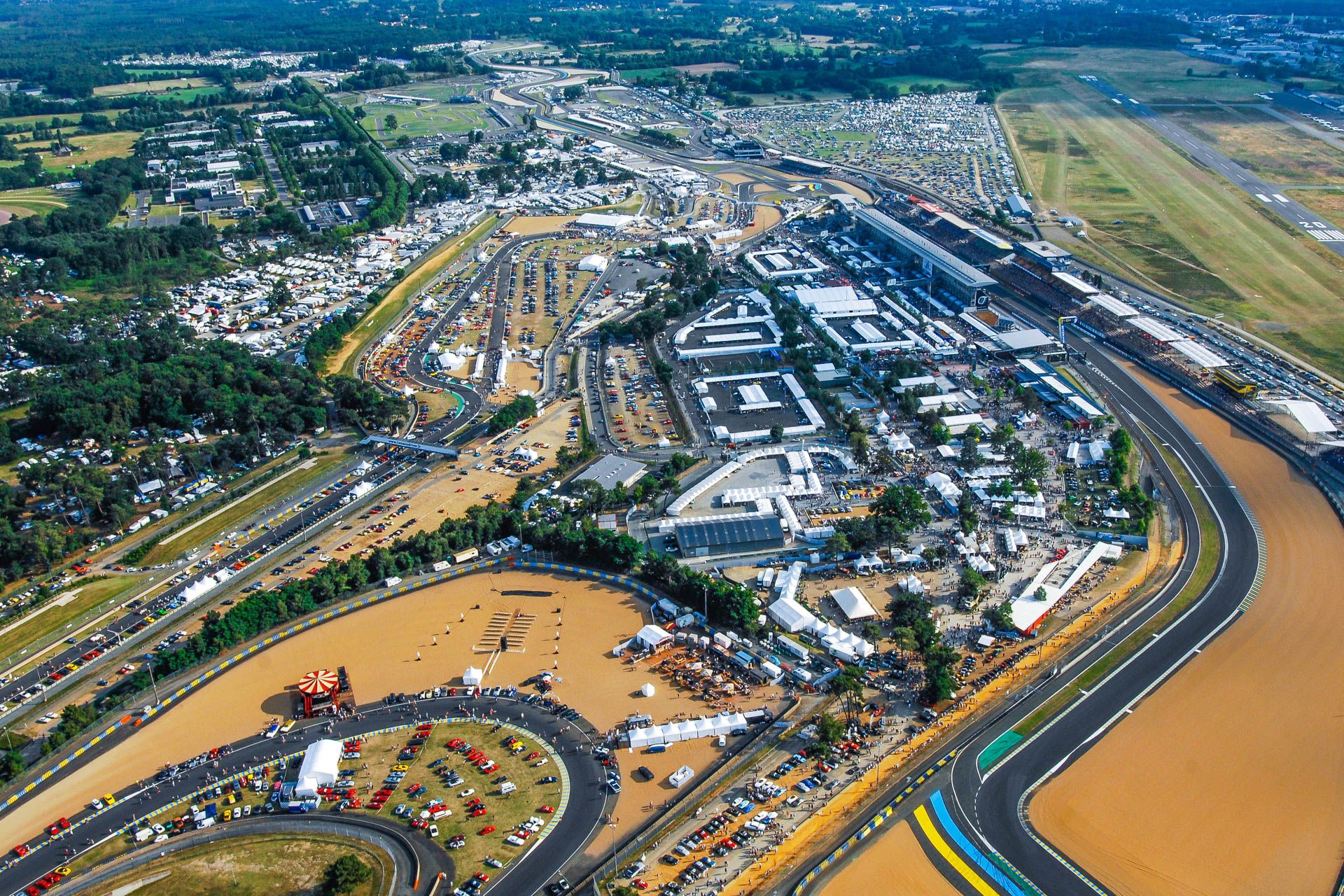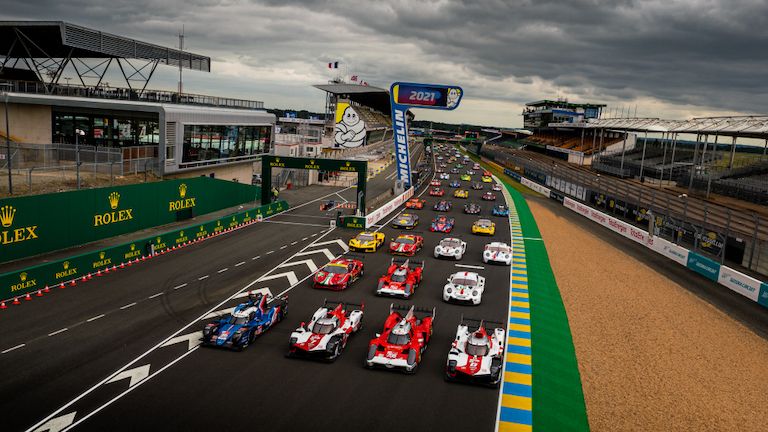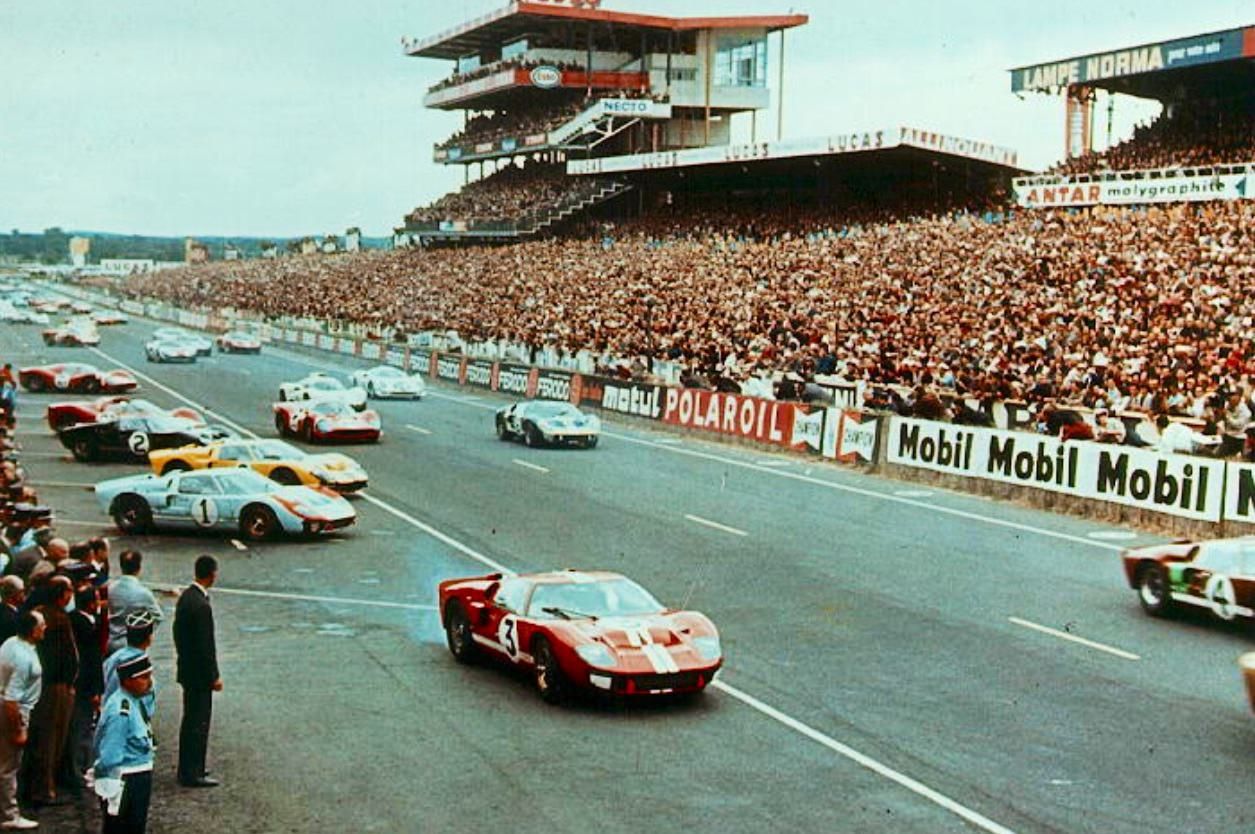In every field, there are occasions and ceremonies where the parties in charge get the chance to celebrate and showcase their latest and most outstanding achievements, like the Oscars in the cinema world or the Noble prize in the science-related fields.
When it comes to the world of cars, a few names pop up, but the one that shines the most is the 24 Hours of Le Mans. With its rich history and countless memorable moments for the automotive industry, this iconic event stays relevant through generations. Every time big names like Ford and Ferrari compete in an intense race to show the world their capabilities and validate their inventions.
But what exactly makes this competition so unique? Let’s delve deeper to understand the underlying reasons for this importance.
More About The Le Mans
The 24 Hours of Le Mans is an annual sports car event in France near the city of Le Mans that focuses on durability. It's the world's oldest continuously held long-distance endurance race. In order to compete, racing teams must strike a compromise between speed and the vehicles' capacity to operate continuously for 24 hours without experiencing any technical problems. The victor of the 24 Hours of Le Mans is the vehicle that travels the most distance in the allotted time, as opposed to events where the champion is decided by the fastest time.
Because of the date of the event, which is in June, drivers must contend with often oppressively hot temperatures, especially if they are riding in a smaller car without enough ventilation. Rain is also a frequent occurrence. The race starts in the afternoon and ends the next day at the same time as it began the day before.
Contemporary contenders often go more than 5,000 kilometers. Drivers and their crews aim for maximum speed while minimizing mechanical damage. They also must manage the vehicles' consumables, which include fuel, tires, and brake materials, among other things. There's also an element of endurance involved, with drivers often racing for more than two hours before a relief that may take over at a stop while they consume food and recover. According to current rules, each participating vehicle must have three drivers.
The Automobile Club de l'Ouest (ACO) organizes the event, which takes place on the Circuit de la Sarthe, a closed-off stretch of public road with a racing segment. The race is a part of the Triple Crown of Motorsport, which also includes the Indianapolis 500 and the Monaco Grand Prix.
A Track Like No Other
The 24 Hours of Le Mans competition takes place on the Circuit de la Sarthe, which takes its name from the French department in which Le Mans is situated. It has a permanent track as well as temporary closures of public roads to accommodate the event. In the years since 1923, the track has undergone many modifications, mainly for safety purposes. Its current length is 13.626 kilometers. The city of Le Mans was originally part of this race, but for safety reasons, that portion was shortened to keep spectators safe. Maximum speeds at Le Mans are currently approximately 330 km/h due to the straights being shorter.
It takes LMP1 cars about 3min 25sec to traverse the 8.5-mile circuit, which has 38 turns. It's swift and demanding, with hairpin turns and lengthy straightaways galore. Given that it's one of the world's finest and most renowned racing courses, it's no surprise that many drivers want to compete there.
The Le Mans Is The Host Of Numerous Innovations
Many automobile design improvements have been made at Le Mans to deal with the track's challenges. These were either mandated by regulations or were efforts by manufacturers to gain an advantage over their rivals in the competition. Many new features made it into regular cars.
Countless new features regarding the aerodynamics of the cars, new engines, more efficient braking systems, and so many other tech developments have been showcased through the scope of this event.
The LMP1 cars that are now leading the races are technological marvels. Naturally-aspirated V8 turbocharged motors, turbocharged V6 engines, turbocharged V4 engines with direct injection, complex hybrid systems, and many more layouts reach their peak there.
In order to keep pit stops to a bare minimum, each car is engineered to be as quick as possible while still being very fuel-efficient. In a way, it's like getting a glimpse into the future since so much of the technology you see on this circuit will eventually make its way to our everyday vehicles.
The Le Mans Has Iconic Rivalries
Great events create great rivalries, and it can’t get any bigger than the Le Mans. We’ve seen some of the most entertaining and historic head-to-head battles over the course of time. One of the most famous ones is the Ford vs. Ferrari rivalry. Back in the 60s, when Ferrari ruled the Le Mans, Henry Ford proposed a bid to buy the company, which ultimately didn’t happen because Enzo Ferrari didn’t want to lose authority over his company. This made Ford so frustrated that they built a new vehicle with the help of Shelby to crush the Ferrari, and they did and won the 1966 Le Mans. It was such a great battle that it has books and movies about it.
Another significant battle was the Jaguar vs. Porsche. Porsche was ruling the 80s with seven consecutive wins from 1981 onward with iconic cars like Porsche 936, 956, and 962C. In 1987 Jaguar tried to break the streak with the XJR-8, a renowned and validated race winner. But it ended up placing fifth, losing to Porsche vehicles again. But they came back the following year with the XJR-9 passing the Porsche vehicles and winning the trophy.
There have been so many great battles in the history of the Le Mans that it needs its own segment to cover. Porsche vs. Ferrari, Jaguar vs. Mercedes, Audi vs. Peugeot, just to name a few.

.jpg)



